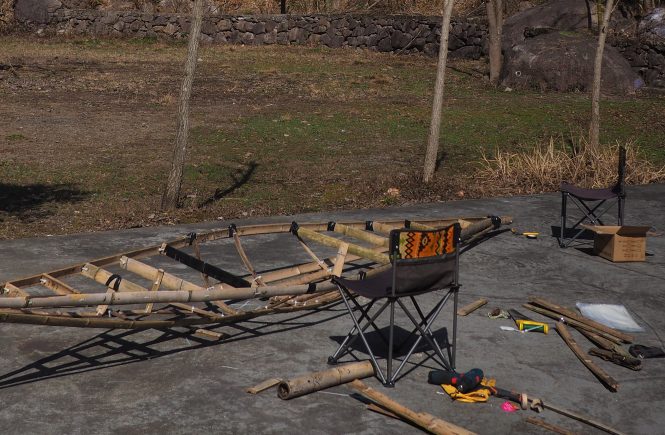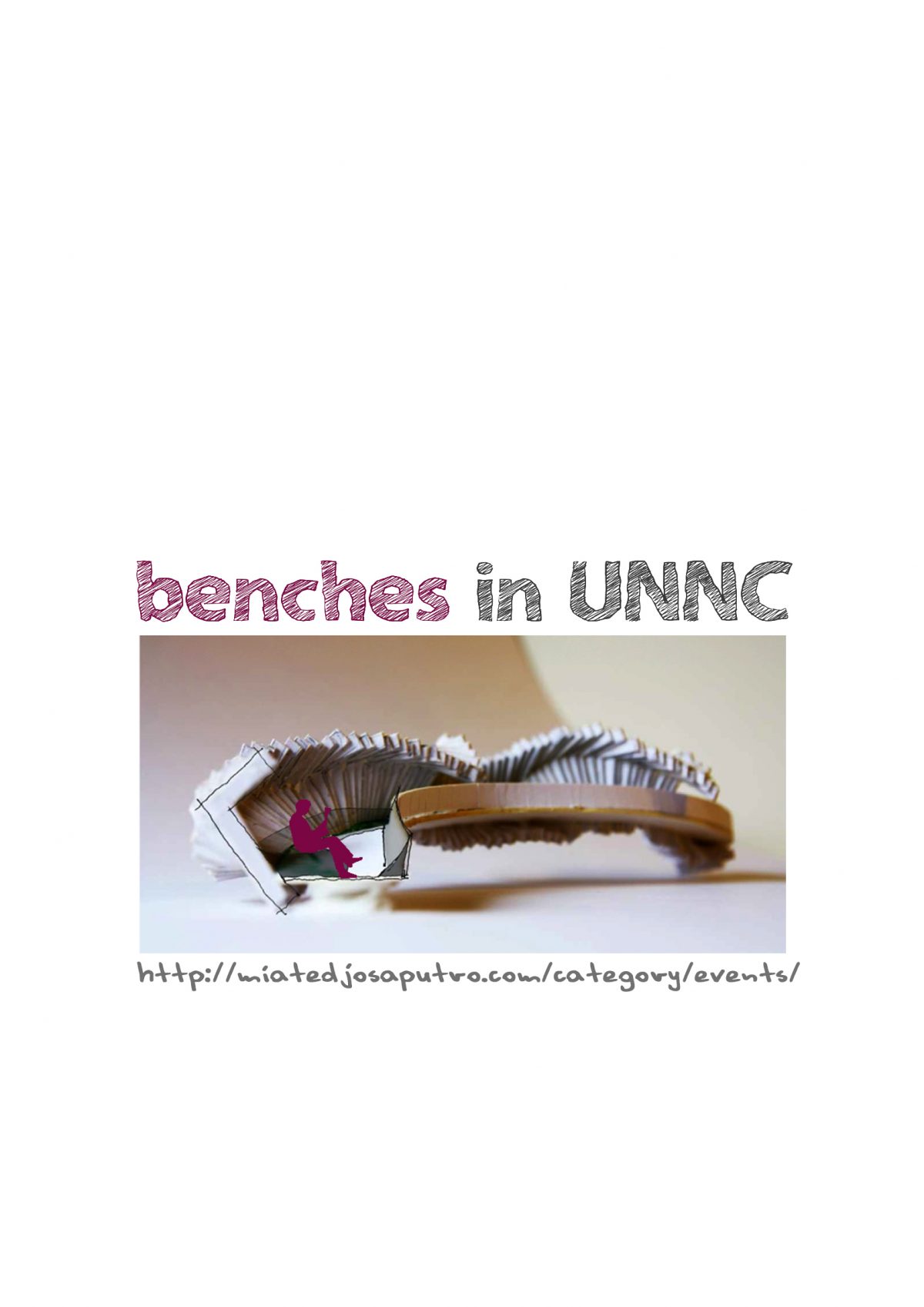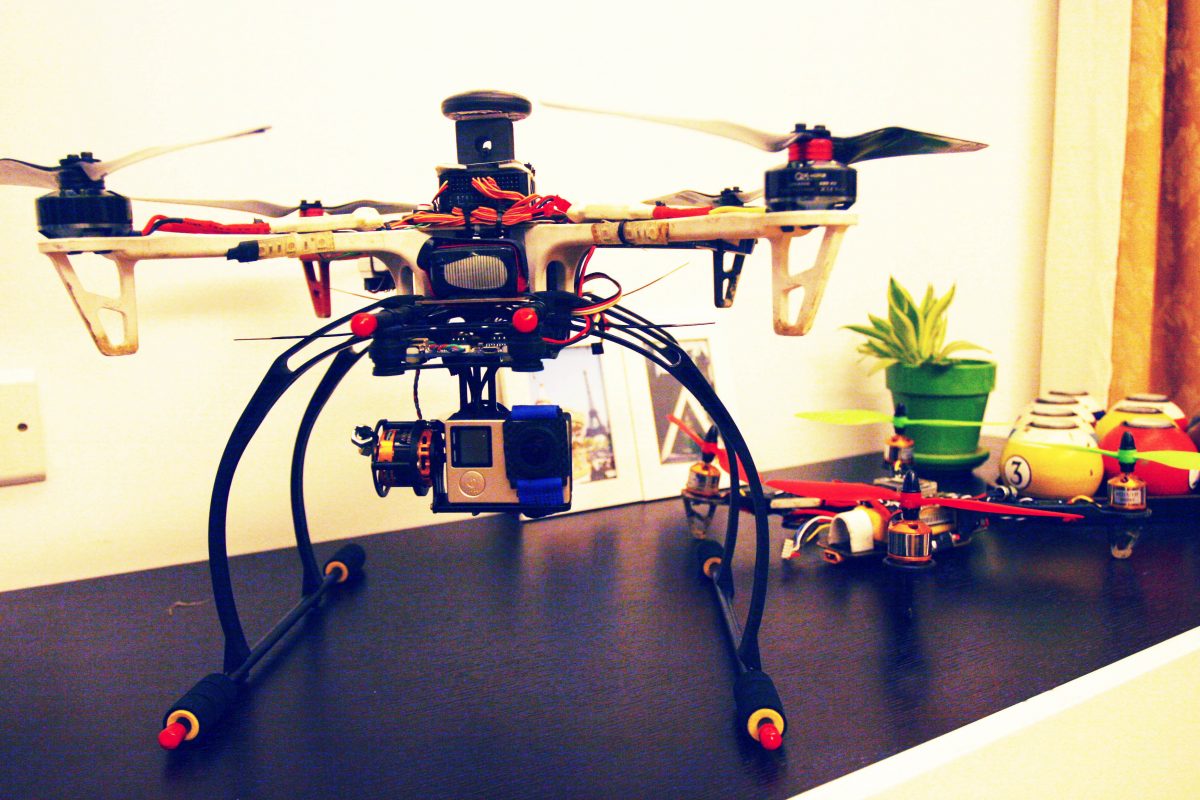Bamboo kayak: from firewood to floating!
LOCATION
Danshan Chishui, Siming Mountains, Ningbo China
ABOUT THE PROJECT
This isn’t a step- by- step guide to building a bamboo kayak, as if anyone wants to build one, you can basically make it up as you go along- that’s what we did!
We had a couple of temporary bamboo structures to dismantle (click here for Bamboo Pod #1 and Bamboo Pod #2 coverage), which had been a design and build exercise for students. This left us with a lot of weathered bamboo to play with, so we decided to make a kayak.
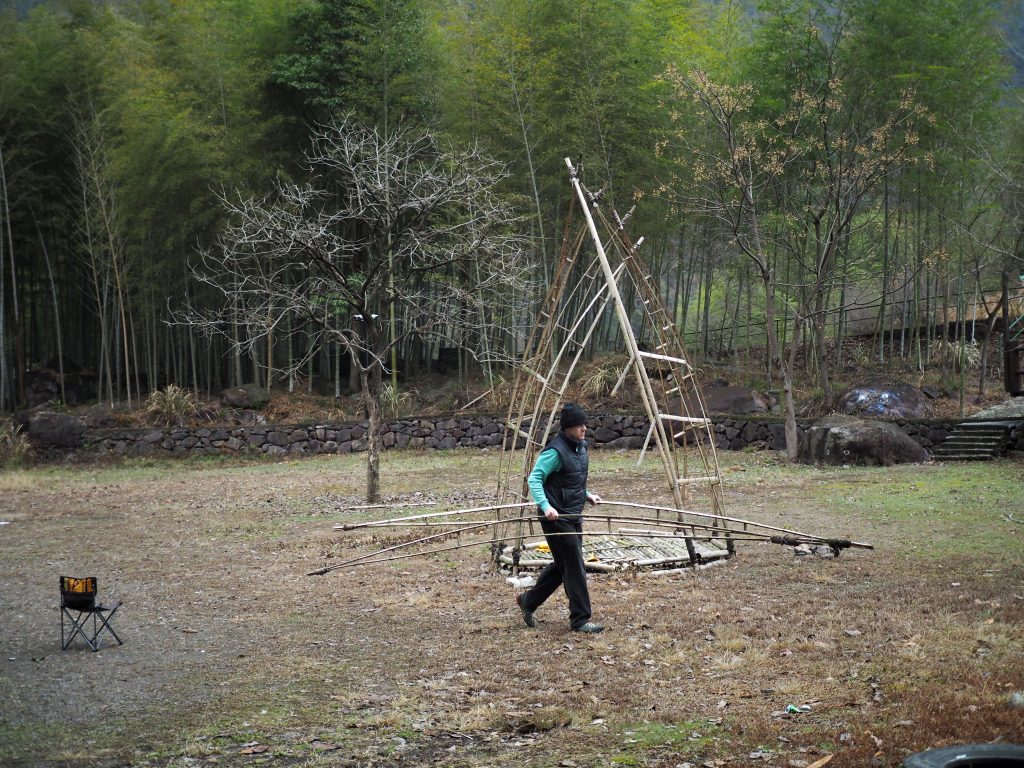
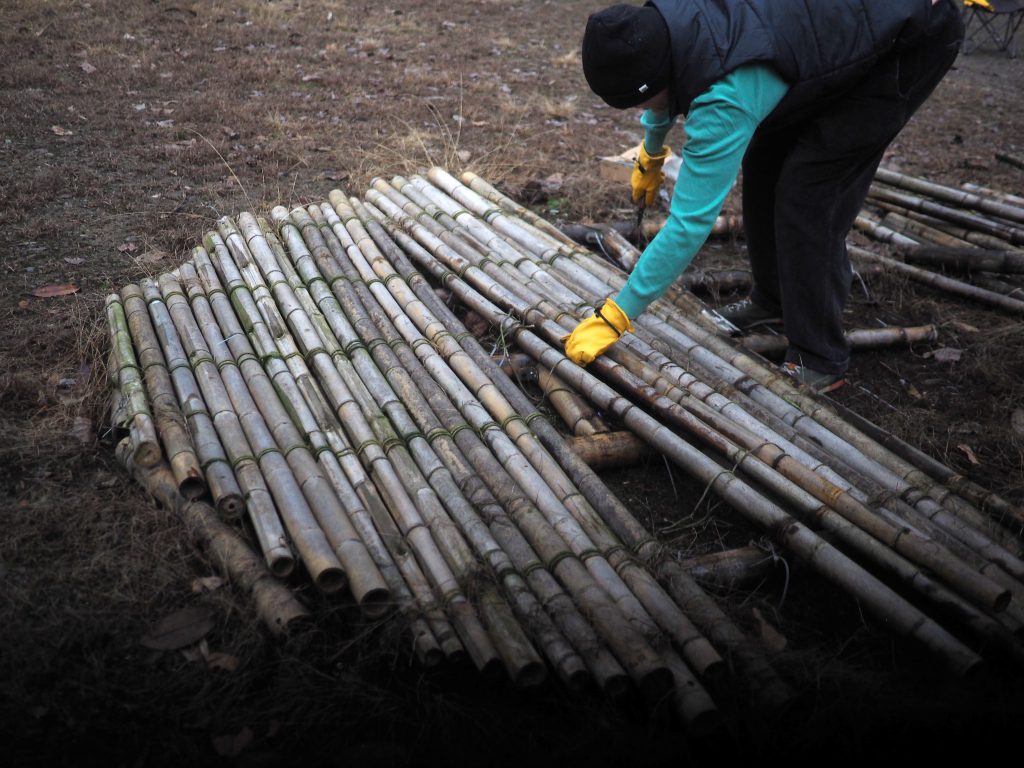
Video: cleaning dismantled materials
When bamboo has been exposed to nearly a year of rain, snow, sun and wind, it becomes very hard but quite brittle. For the curves we needed for the kayak however, it was fine. There are numerous ways of making the joints- peg and dowel, hemp/ plant-based epoxy lugs, etc. but time was a factor for us and this was only a prototype, so we used plastic zip ties, insulation tape and steel fencing wire.
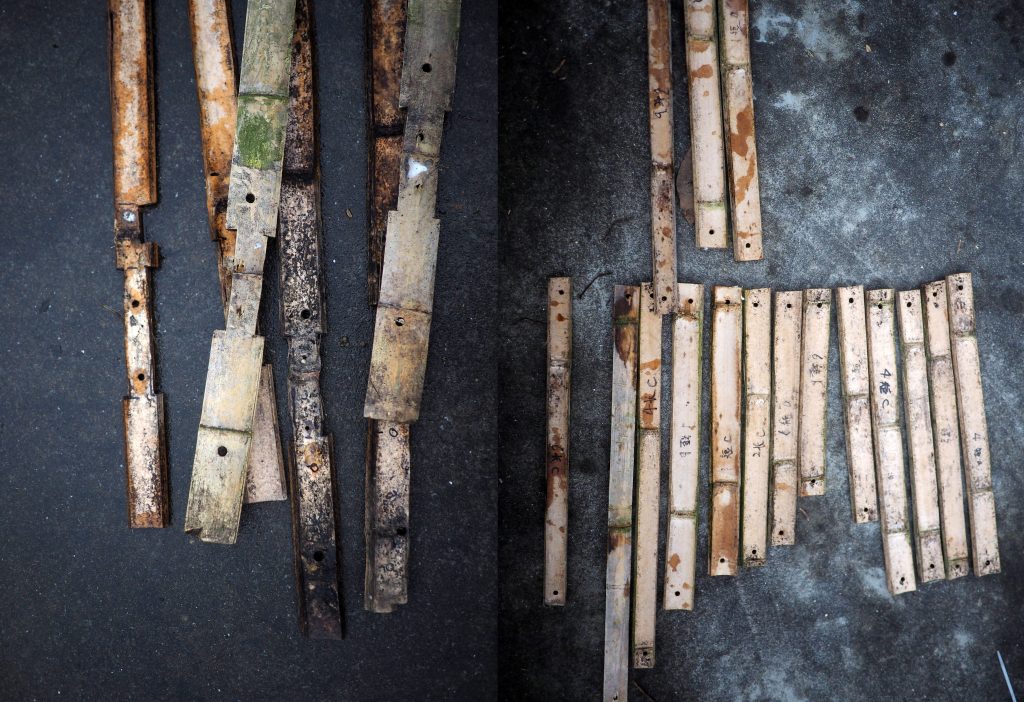
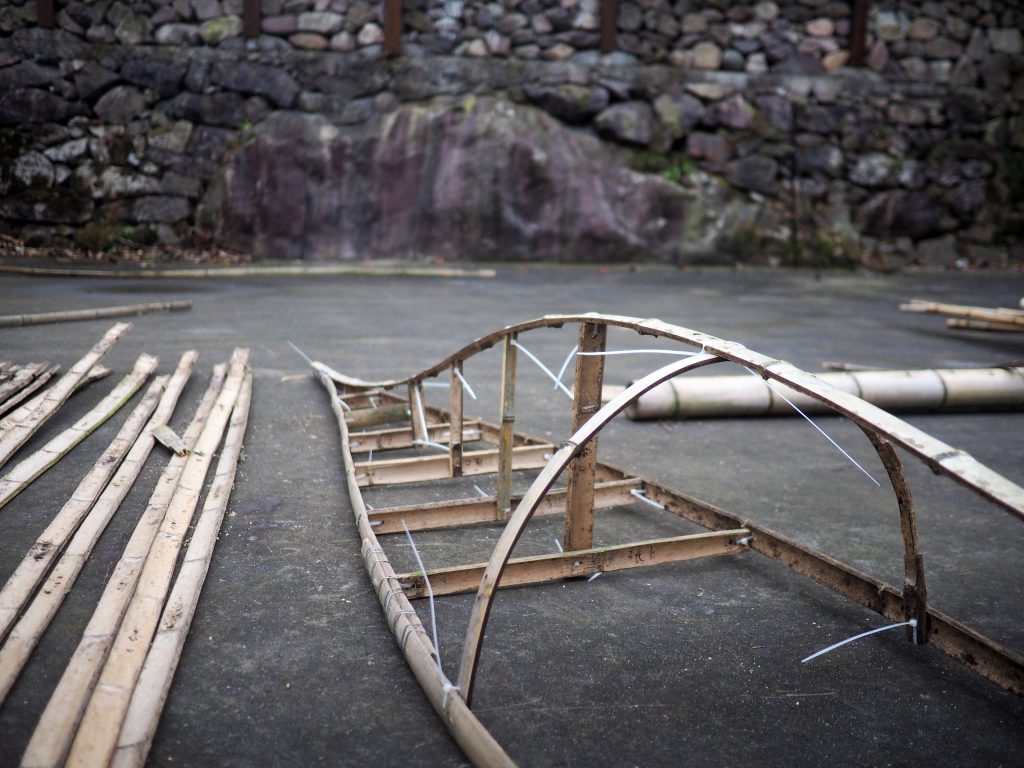
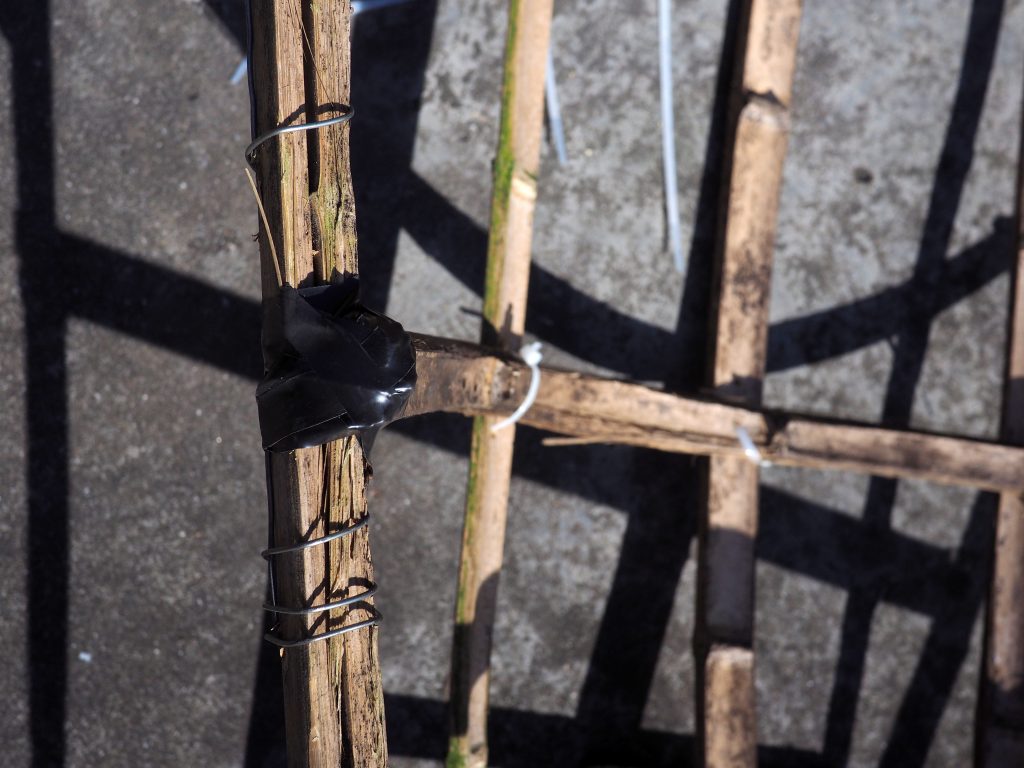
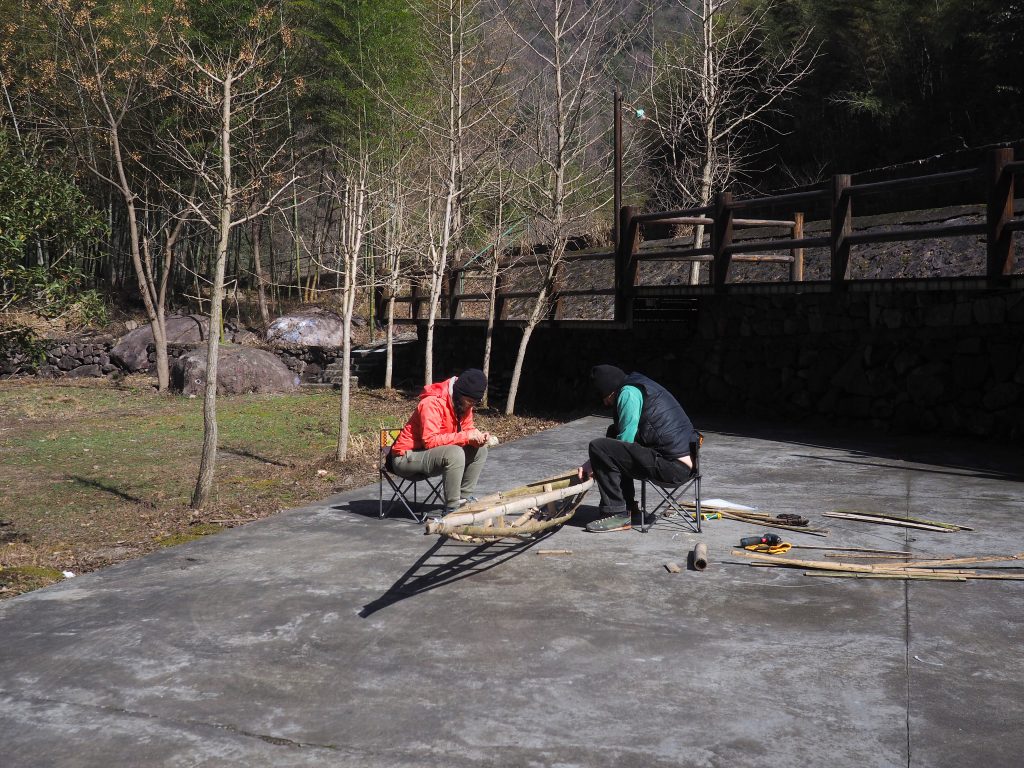
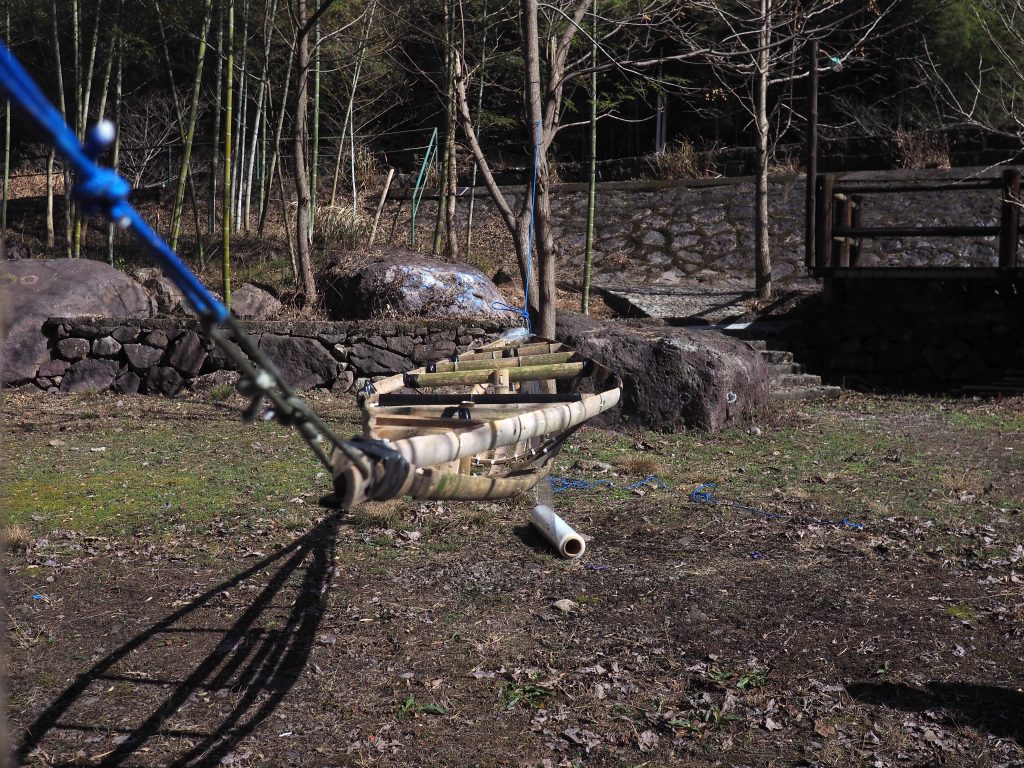
The skin, again for expedience, was cling film (aka Saran wrap). This is cheap, lightweight, and self-amalgamating to a degree so all we had to do was wrap the whole thing a few times, then cut a hole in the deck to get into the kayak. It was a quick and relatively easy process. We hung the frame between two trees and just span the whole frame to wrap it. We’d estimate the total amount of plastic in this build to be in the order of 100 grams or so, so it’s not ideal but not too extreme.
Video: wrapping the skin
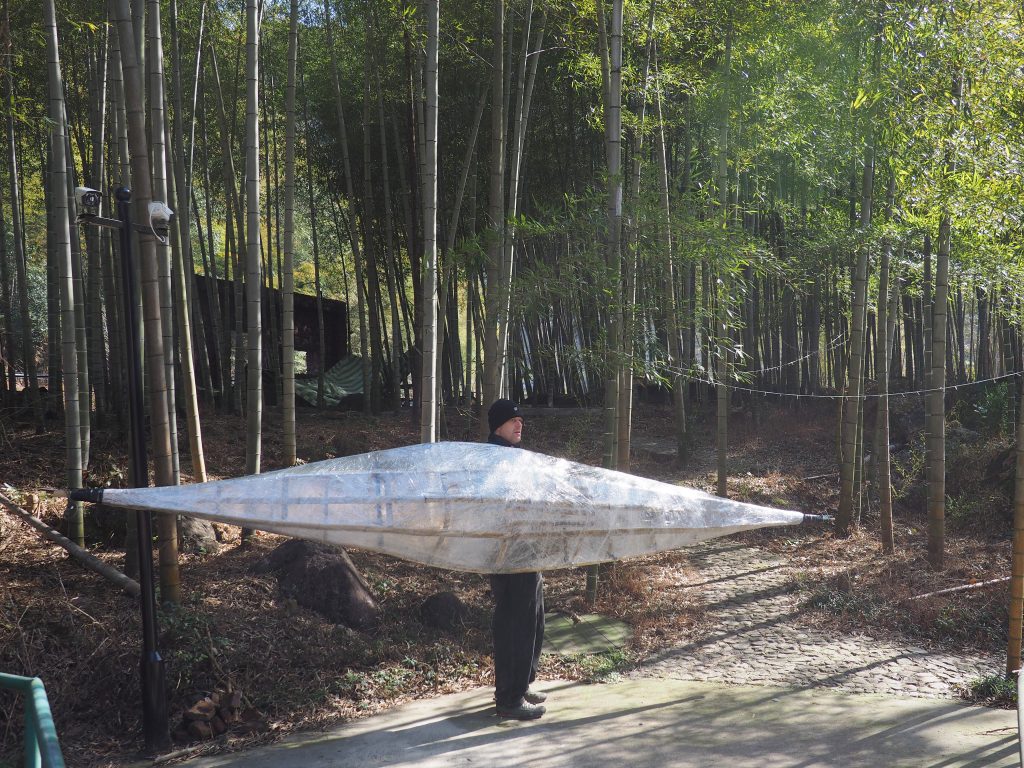
FUTURE DEVELOPMENTS
A more sustainable build would be to use the joining methods outlined above and a natural covering- our version 2 will be skinned with hemp cloth, which is of course not even slightly waterproof, impregnated with epoxy for waterproofing. The native Americans would use birch bark, which we don’t have access to, and the Inuit would use animal skins (which we’re not convinced of the sustainability of in our context, since we have different constraints).
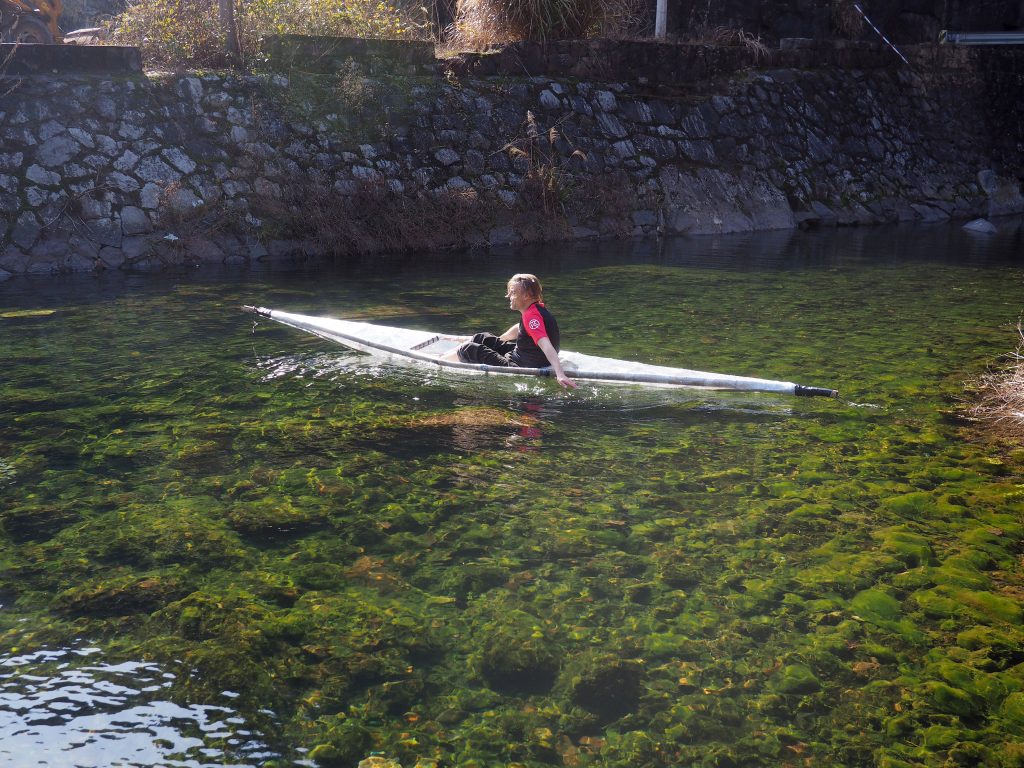
We’re not kayak specialists by any means, and we’ve never made one before, so naturally enough- mistakes were made and lessons were learned. With Matt’s 86kg+ (ahem!) weight, the freeboard was too low, about 40-50mm (this is the height from the waterline to the top of the deck, where water could slosh in). The next one will be taller and more voluminous. However, it was stable, tracked straight (despite the deck being a bit warped), and light to paddle.
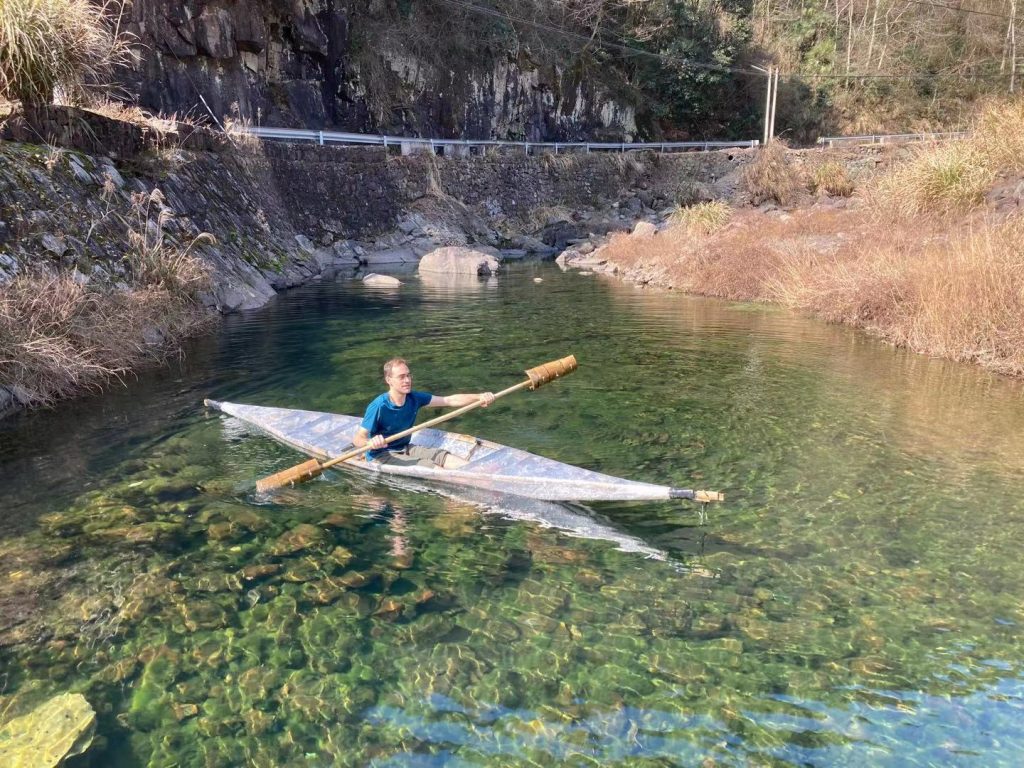
Video: Milly had a try. Video courtesy of Ben
Big thanks to Cai-cai, Lucky and the Persimmon team whom always welcome and facilitate our crazy ideas. Persimmon in Danshan Chishui is our second home in China. We cycle/hike/camp often around this area, it is 60km away from the University of Nottingham Ningbo China where our China home is. Easily accessible on our bikes.
ABOUT KALA
KALA was founded by Mia and Elza Tedjosaputro, in May 2020. KALA provides high quality stylish home decor and accessories that highlight a few simple attainable changes towards an eco-friendly lifestyle. There is always an Indonesian touch ensuring we empower our craftsmen and promote Indonesian culture and craftsmanship. KALA’s specific design language is the use of natural materials and artisanal, with a sense of play of texture and product functionality. We are based in Indonesia and China.

